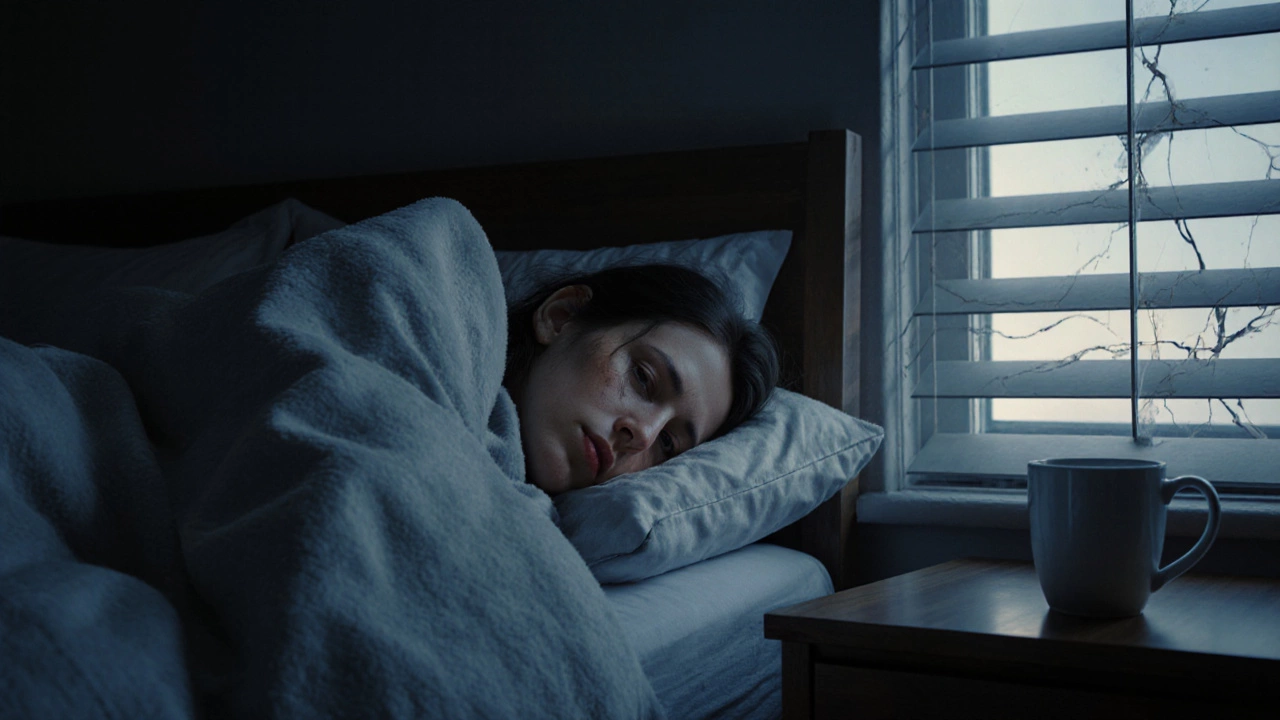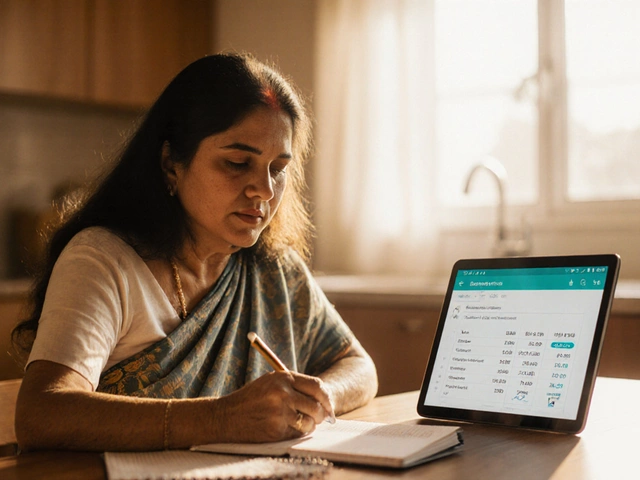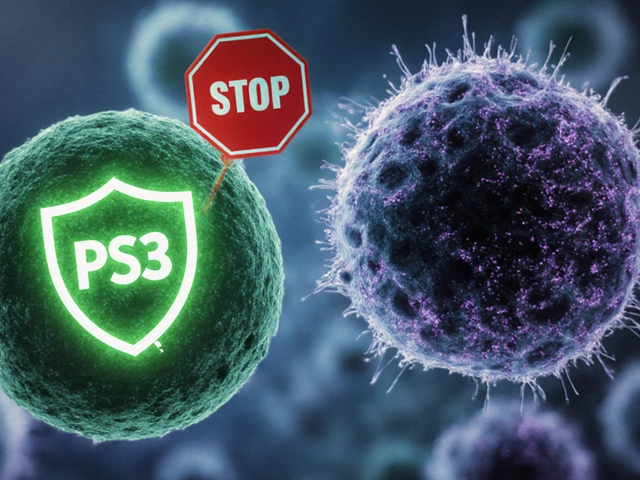Anxiety Disorder: Symptoms, Causes, and What Really Helps
When you feel your heart race for no reason, your thoughts spiral out of control, or you avoid places just because they feel "unsafe," you might be dealing with an anxiety disorder, a group of mental health conditions marked by excessive fear, worry, and physical tension that interfere with daily life. Also known as anxiety illness, it’s not just being stressed—it’s a persistent state that doesn’t go away when the problem does. This isn’t something you can just "get over." It’s a real condition, recognized by the WHO, and it’s the most diagnosed mental disorder in the world, affecting over 260 million people.
Anxiety disorder isn’t one thing—it shows up in different ways. Some people have panic attacks, sudden, intense episodes of fear that come with chest pain, dizziness, and the feeling you’re dying. Others live with generalized anxiety, a constant background hum of worry about work, health, family, or even things that haven’t happened yet. Then there’s social anxiety, where just showing up to a room full of people feels like walking into a courtroom. These aren’t personality traits—they’re clinical patterns that change how your brain processes threat.
What causes it? It’s not just "too much stress." Research shows it’s a mix of brain chemistry, genetics, life events, and even gut health. People with anxiety often have lower levels of serotonin and GABA—chemicals that calm the nervous system. Trauma, long-term pressure, or even a family history can raise your risk. And here’s the thing: it’s not your fault. You didn’t choose this. But you can learn to manage it.
Medication helps some people. Therapy helps others. Many find relief with a mix of both. CBT—cognitive behavioral therapy—isn’t just a buzzword; it’s one of the most proven tools for rewiring anxious thought patterns. Breathing exercises, movement, sleep, and cutting back on caffeine aren’t "nice to have"—they’re part of the treatment plan. And yes, Ayurveda, yoga, and mindfulness practices are used by millions in India, often alongside modern care. The key is finding what works for you, not what sounds good on Instagram.
What you’ll find below are real stories and facts from people who’ve been there. We cover how anxiety hides in everyday life, why doctors miss it, what treatments actually work (and which ones don’t), and how to tell if what you’re feeling is normal stress or something deeper. No guesswork. No vague advice. Just clear, practical insights based on what’s been shown to help real people in India and beyond.





